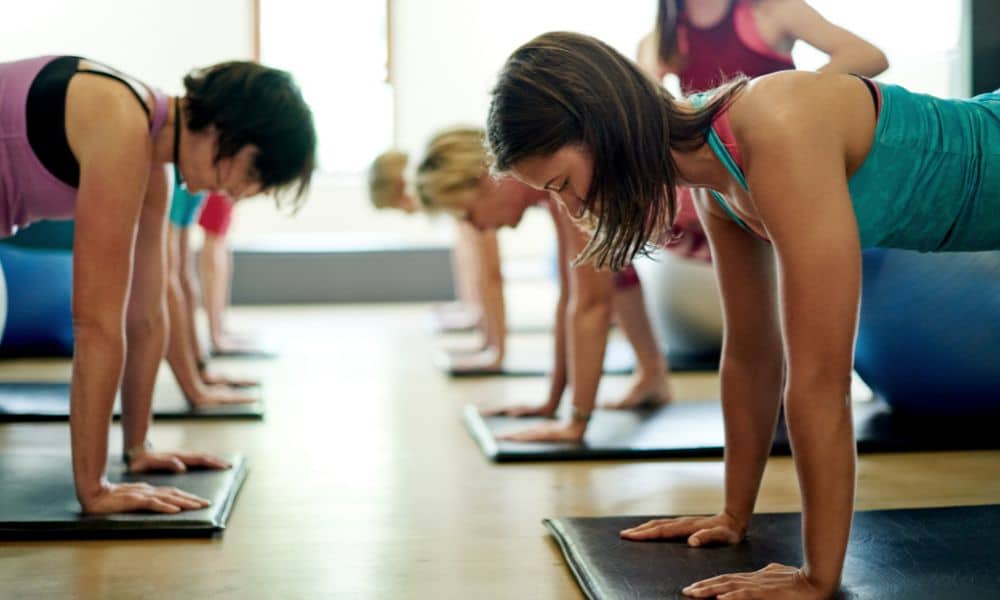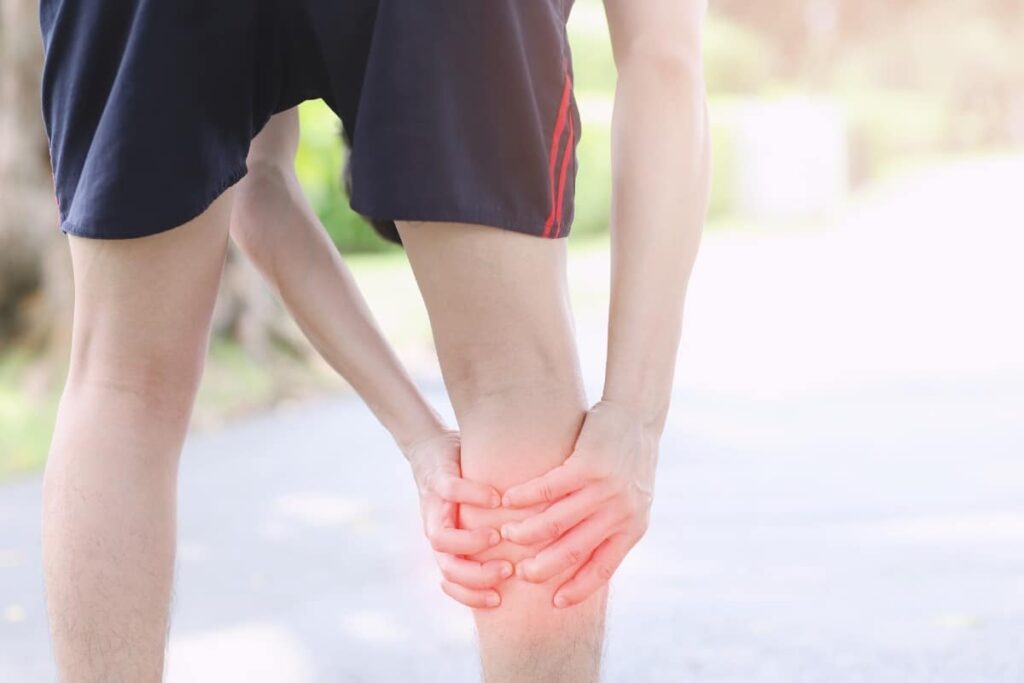In the quest to get in shape, burn stubborn stomach fat, and build lean muscle, there’s an often-underestimated champion that deserves the spotlight: sprinting. This high-intensity, full-body workout isn’t just for athletes; it’s an incredibly effective and accessible means of transforming your physique. In this article, we’ll explore why sprinting for fitness is a game-changer, how to build speed and muscle through sprinting, the essential equipment you’ll need, and the best places to embark on your sprinting journey.
The Science of Sprinting for Fitness
Sprinting is the art of running at maximum speed for short distances. This explosive effort recruits your body’s largest muscle groups and taps into your anaerobic energy systems. The result is a workout that burns a remarkable number of calories, torches fat, and triggers muscle growth. Here’s how sprinting does it:
- Metabolic Overdrive: Sprinting elevates your heart rate and metabolism, creating a state where your body continues to burn calories even after your sprinting session has ended.
- Muscle Activation: Sprinting activates your fast-twitch muscle fibers, responsible for power and speed. These fibers have high potential for growth, contributing to muscle development.
- Hormone Release: Sprinting triggers the release of growth hormone and testosterone, two key players in muscle growth and fat loss.
Building Speed and Muscle through Sprinting
Now that we understand the science, let’s delve into how you can use sprinting to transform your physique:
- Warm-Up: Always begin with a thorough warm-up to prevent injury. Include dynamic stretches, leg swings, and light jogging.
- Sprint Intervals: Perform a series of short, maximum-effort sprints, typically lasting 20-30 seconds, followed by 1-2 minutes of recovery.
- Progression: As you become more conditioned, increase the number of sprint intervals and reduce recovery time.
- Incorporate Hills: Hill sprints add resistance and enhance muscle engagement, making them an excellent option for building leg strength.
- Full-Body Work: Sprinting engages not only your legs but also your core, arms, and back, resulting in a full-body workout.
Essential Equipment
Sprinting doesn’t require expensive equipment. Here’s what you need to get started:
- Proper Footwear: Invest in a good pair of running shoes with ample cushioning and support.
- Comfortable Clothing: Wear moisture-wicking, breathable attire to stay comfortable during sprints.
- Stopwatch or App: Use a stopwatch or a smartphone app to time your intervals and monitor progress.
Best Places to Sprint
Sprinting can be done virtually anywhere, but some settings offer an optimal experience:
- Track: Tracks provide marked distances for sprints and have flat surfaces, minimizing injury risks.
- Park or Field: Open spaces with level terrain offer ample room for sprinting.
- Stadium Stairs: Running up stadium stairs is an excellent way to build strength and speed.
- Hill: Find a steep hill for challenging hill sprints that enhance muscle engagement.
Conclusion
In conclusion, sprinting for fitness is a potent, time-efficient strategy to achieve a lean, muscular physique. It engages your body’s major muscle groups, ignites your metabolism, and promotes muscle growth. With the right approach, you can transform your fitness journey and enjoy the numerous benefits of sprinting. So lace up those running shoes, head to your chosen sprinting location, and unlock the potential of sprinting for your fitness goals.
If you or someone you know is looking to improve your health, share this article on Facebook or Twitter so that others can learn more about self-care.




